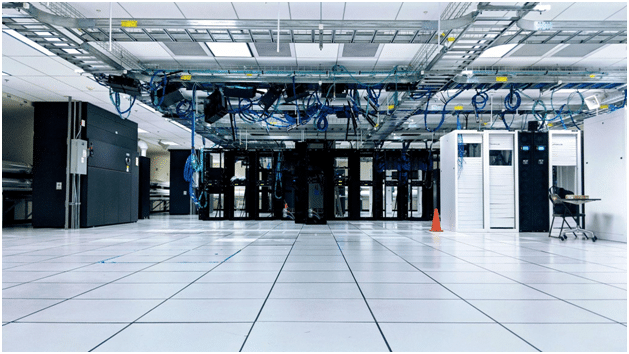Table of Contents

Previous choices in favor of physical servers versus virtual ones are being reevaluated in light of the advent of the remote workforce. But, it’s becoming more prudent for businesses to host their servers in the cloud, whether it is in a colocation facility or as virtual machines. The fact of the matter is that physical servers still have their place in the modern world.
The Benefits and Drawbacks of Using Standalone Servers
A company’s standalone servers are high-powered computers that are often in-house owned, administered, and serviced. Not all of the servers are part of a bank, and some standalone servers are operational because of data security or other issues.
Advantages of Standalone Servers
- Your server may be onsite or at a convenient colocation facility.
- The server is totally adaptable to the needs of your company and may be configured by your IT department.
However:
- The hefty initial investment, ongoing upkeep, and unexpected replacement of hardware are all drawbacks of traditional servers.
- It will be up to your IT department to do the initial configuration and ongoing upkeep.
- If you need assistance with setup or repairs, engage a contractor or provider.
- After you hit your maximum workload, you will not be able to incrementally grow your storage since the hardware has already been acquired and is under your ownership.
- Needs a dedicated or shared place to operate.
Benefits and Disadvantages of Using Virtual Servers
The term “virtual server” refers to a computer program that can do the same tasks as a real server. Cloud computing and off-site servers are common places for virtualization to take place. Most businesses that make the transition to virtualization use a hosting provider that provides safe cloud services.
Virtual server advantages:
- Less initial outlay since no hardware purchases are needed.
- Lessening setup and upkeep expenses throughout the course of the product’s lifespan is a distinct possibility.
- Support for installation, configuration, maintenance, and licensing is available.
- Fewer in-house IT technicians are required. Click here for more on the role of an IT technician in upkeep of servers.
- There’s a chance that server consolidation may reduce operating costs and maximize productivity.
- Shared workloads have a less impact on the environment.
However:
- The potential for greater monthly recurring expenditures is a drawback of virtual servers.
- Problems with software compatibility are possible and should be handled with a seasoned provider.
- Depending on their rules and SLAs, not all suppliers will be flexible with adjusting the terms of your agreement on a fine-grained scale (SLAs). You no longer have complete autonomy over the hardware that runs your servers and the programs that are installed on them.

Standalone Servers?
Large corporations are paving the way for the eventual migration of all data and apps to the cloud while the globe as a whole advances at warp speed in this direction. The pace at which large corporations are adopting virtualization technology is two times that of small firms. Whichever path you choose, knowing exactly what your company needs is essential. The best virtualization provider will help you identify the data, programs, and procedures that are important to the smooth running of your business.
Due to lower performance risk tolerance (https://csrc.nist.gov/glossary/term/risk_tolerance), certain applications may need access to additional dedicated server resources. It may be acceptable to compromise performance and speed in order to save money on seldom utilized assets. Whether you choose to pursue the dedicated equipment or virtualization vendor route, your best results will be achieved by first gaining a thorough grasp of your performance requirements. Connecting directly to the cloud has simplified the use of cloud services like Amazon Web Services and Microsoft Azure.
Maintenance of Operations
When calamity strikes, you’ll have an easier time recovering data since your virtualized servers are situated elsewhere. Business continuity planning is often greatly improved by using suppliers that have undertaken adequate risk mitigation. While selecting a choice, think about how much downtime your business can afford if anything happens to your assets.
Modifying Dangers
In the end, how you set up your digital servers will determine how much risk you’re exposed to. If your company’s burden is balanced on one piece of equipment, failure may be catastrophic. Virtualization suppliers with hardware failure protection and off-site backups may reduce risk for many enterprises.
Security in the Age of Information
The setup, personnel expertise, and environment are crucial to the safety of your real or virtual servers. These considerations, like those around risk management, are very context-dependent. Switching to virtualization may provide substantial improvements in security for many enterprises with limited budgets or infrastructure. With the advancement of virtual server hosting, hybrid environments are becoming more common, with front-end servers hosted virtually and back-end data-crunching servers located in a colocation data center.